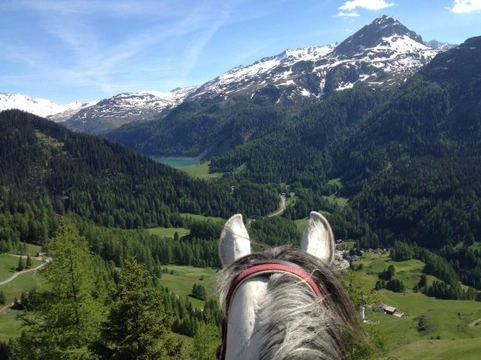
The First Riders: The History of Horse Riding
Introduction to the Origins of Horse Riding
The history of horse riding is a remarkable journey that traces back to the Eurasian steppes where humans first domesticated the powerful horse. This article explores who the first riders were, how riding developed, and how this partnership fundamentally shaped human civilisation and culture.
Early Evidence of Horse Domestication
Archaeological studies reveal that the earliest clear evidence of horse domestication comes from the Botai culture in Northern Kazakhstan, dating back to roughly 3500 to 3100 BCE. This group of hunter-gatherers is believed to be among the first to domesticate horses, not just for meat and milk but also for riding. Key findings at Botai include horse skulls with bit wear, suggesting bridling, and discoveries of corrals and evidence of dung collection, which strongly indicate horse management and domestication rather than simple hunting.
Interestingly, genetic research supports the Botai culture’s significance — mitochondrial DNA analyses show maternal horse lines dating back about 6000 years in regions overlapping modern Ukraine and Kazakhstan. Stallion lineage DNA indicates a concentrated period of domestication, pointing to a likely single origin of domesticated horses, perhaps from one small herd cared for by an ancient tribe.
Who Were the First Riders?
The Pontic-Caspian Steppe, spanning parts of present-day Ukraine and Kazakhstan, was home to nomadic horsemen who likely pioneered horse domestication. These people possibly spoke the earliest forms of Indo-European languages, spreading culture and language across a vast region. Their horse-riding skills revolutionised mobility, hunting, and warfare.
Find a horse for sale today to experience the bond that began millennia ago between humans and horses.
Early Riding Techniques and Equipment
Without saddles, which came much later, and with the first known bits appearing around 3500 BCE, early riders likely controlled horses through simple harnesses, possibly resembling modern hackamores that apply pressure on the nose rather than a bit in the mouth. This lack of equipment means archaeological evidence for the very first riding is scarce, suggesting riding might have started even earlier than direct proof indicates.
The Impact of Horses on Human Progress
Horses transformed human society, enabling faster travel, easier hunting, and significant military advantages. Cultures like the Huns and Egyptians utilised horses and horse-drawn chariots to rapidly expand territories and dominate battles. The horse carried humans from nomadic hunter-gatherers to complex civilizations, shaping the course of history globally.
Cultural Significance and Burial Practices
The Botai culture’s burial sites reveal the deep bond between humans and horses — one grave included the remains of multiple horses laid ceremonially alongside human skeletons. Such practices reflect the horse’s importance not only in life but also in death, emphasising this animal’s profound place in human culture.
Conclusion: A Partnership That Shaped Humanity
Every modern horse under saddle today traces lineage back to perhaps a single tribe on the Eurasian steppe thousands of years ago. The domestication of the horse was a leap forward comparable only to that of the dog, enabling humans to travel, hunt, and wage war more effectively. This ancient partnership continues to shape our culture and the way we live, a testament to the enduring connection between people and horses.



